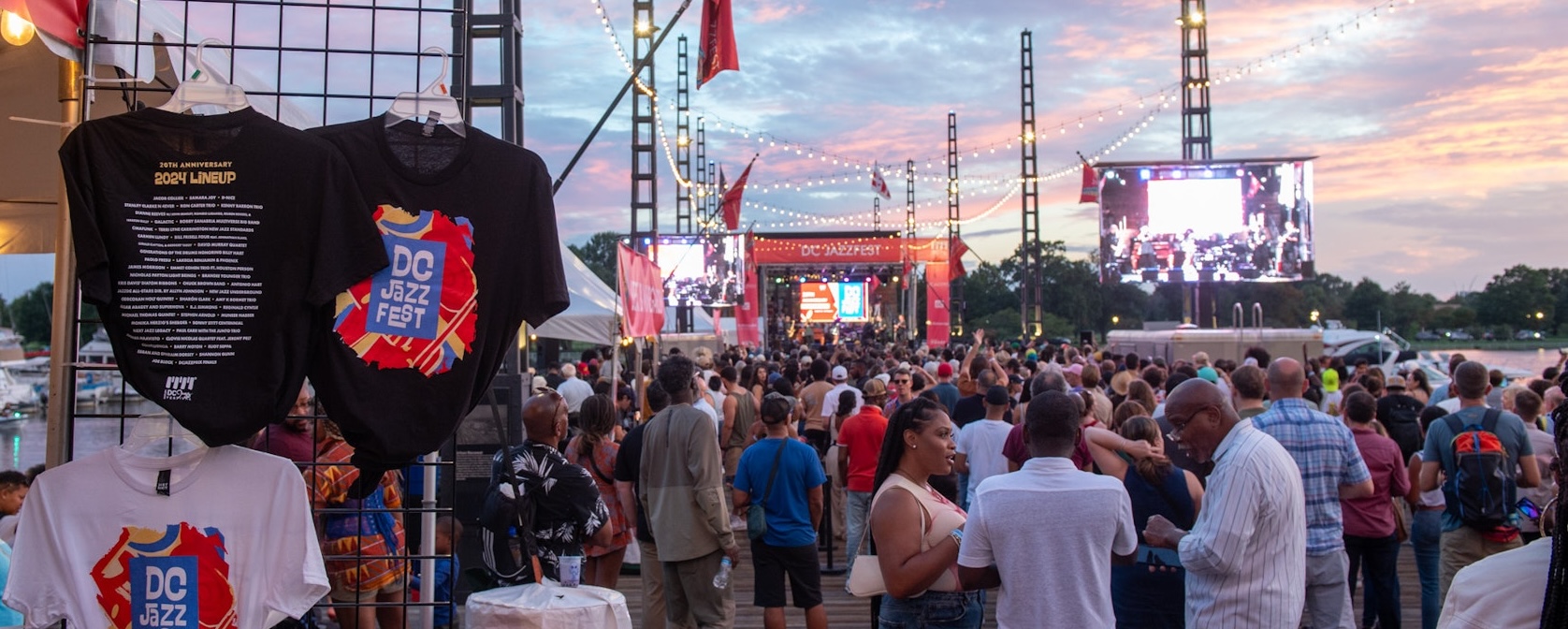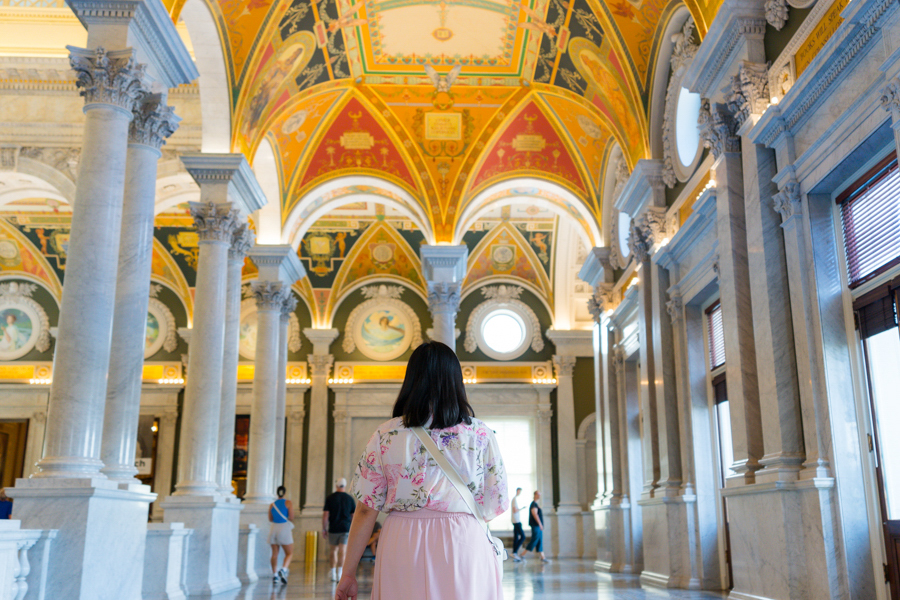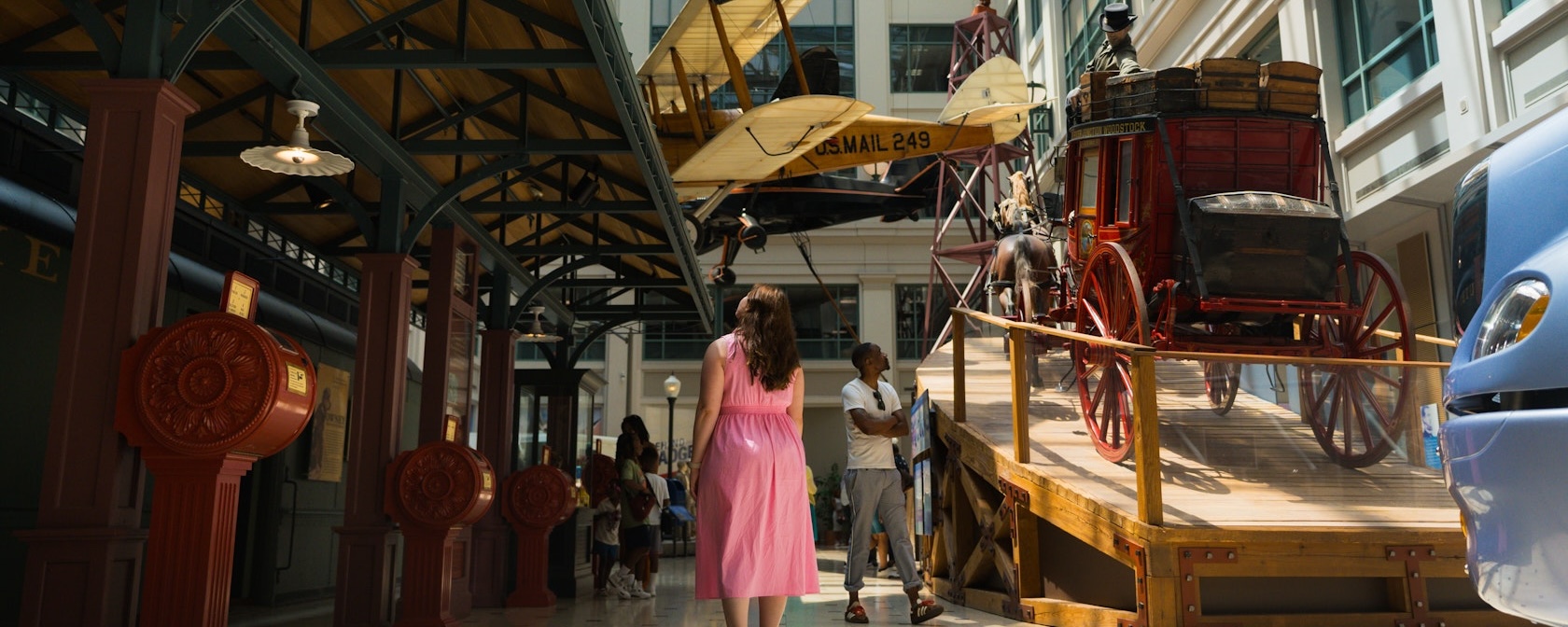
Experience a wealth of Black history, heritage and culture in the nation’s capital.
With its Southern connections, Washington, DC has always had a significant African American population. Before the Civil War, the city was home to a growing number of free Black individuals, many of whom worked as skilled craftsmen, hack drivers, businessmen, and laborers. Slave auctions were outlawed altogether in 1850.
All enslaved people in the city were emancipated on April 16, 1862, and DC has since remained a vibrant center for a community that has played a key role in shaping the city’s identity as an inclusive and innovative capital.
The influence of Black and African American culture is undeniable as you make your way through the District. We’ve laid out must-see locations to help you explore this heritage and history.
Historic Sites & Museums
“Without a struggle, there can be no progress.” – Frederick Douglass

Start your exploration with a visit to the Smithsonian Institution’s Anacostia Community Museum. Located in the historic African American neighborhood southeast of the U.S. Capitol called Anacostia, the museum houses a collection of approximately 6,000 objects dating back to the early 1800s. The history of this neighborhood – home to orator and abolitionist Frederick Douglass – is directly tied to the museum.
Speaking of Frederick Douglass: make sure to visit the Frederick Douglass National Historic Site, located at his former home, Cedar Hill. Tour this 21-room Victorian mansion, learn of Douglass’ incredible efforts to abolish slavery and take in one of the city’s most breathtaking views.
Make your way to the National Mall, where you’ll find two of DC’s most prominent enduring monuments to African American history and culture. The Martin Luther King, Jr. Memorial sits on a four-acre site and features a 30-foot statue of Dr. King that displays words from his famous “I Have A Dream” speech. The moving memorial also displays a 450-foot long Inscription Wall with 14 quotes from King’s unforgettable speeches, sermons and writings.

In September 2016, the new Smithsonian National Museum of African American History and Culture opened its doors a short walk away from the Martin Luther King, Jr. Memorial. This eight-story building, with a stunning exterior that features a three-tiered, bronze-colored screen, focuses solely on African American life, art, history and culture, covering artifacts from the African Diaspora to the present day.
Journey to the U Street neighborhood next, where you’ll find the African American Civil War Memorial. Appropriately located near the Shaw neighborhood (named after Robert Gould Shaw, the white colonel of the all-Black Massachusetts 54th Regiment), the memorial is a sculpture that commemorates the 200,000-plus soldiers that served in the U.S. Color Troupes during the Civil War.
Music & Entertainment
“Music is what I hear and something that I live by.” – Duke Ellington

Washington, DC served as the starting place for some of music’s greatest figures, including jazz great Duke Ellington, R&B legend Marvin Gaye and the godfather of go-go, Chuck Brown.
You can pay homage to the legends at Chuck Brown Memorial Park in Northeast DC or Marvin Gaye Park, where the singer used to sit by the stream and write songs. These artists' DC legacy is as enduring as their music.
Go-go has been the signature sound of the District for 50 years. Now, with the new Go-Go Museum & Cafe, families, music enthusiasts and history buffs can experience the quintessential genre firsthand thanks to free admission, frequent live performances, interactive exhibits and historic artifacts.
Once known as “Black Broadway,” the U Street neighborhood is a perfect place to dive into the District’s rich musical history. The Howard Theatre hosted the likes of Duke, Ella Fitzgerald and Louis Armstrong in its 20th-century heyday, and now it boasts some of the best names in underground and popular music. Lincoln Theatre, also a historic hot spot for jazz, similarly features marquee names throughout its calendar. We also recommend a ride to Georgetown, where Blues Alley provides intimate, time-honored shows at DC’s longest-running jazz club.

Finally, it never hurts to peep the schedules of other popular DC music venues like the 9:30 Club, Black Cat and The Hamilton Live to see who’s performing while you’re in town.
If you’re interested in taking some of DC’s musical history home with you, the city has a litany of record shops where you can browse for jazz, go-go and R&B classics, among other genres (ask employees to point you in the right direction). Som Records on 14th Street lets you sample before you buy, while a jaunt down 18th Street will take you to the iconic Smash!
Be sure to check out all the different ways to celebrate African American history and culture in Washington, DC.




